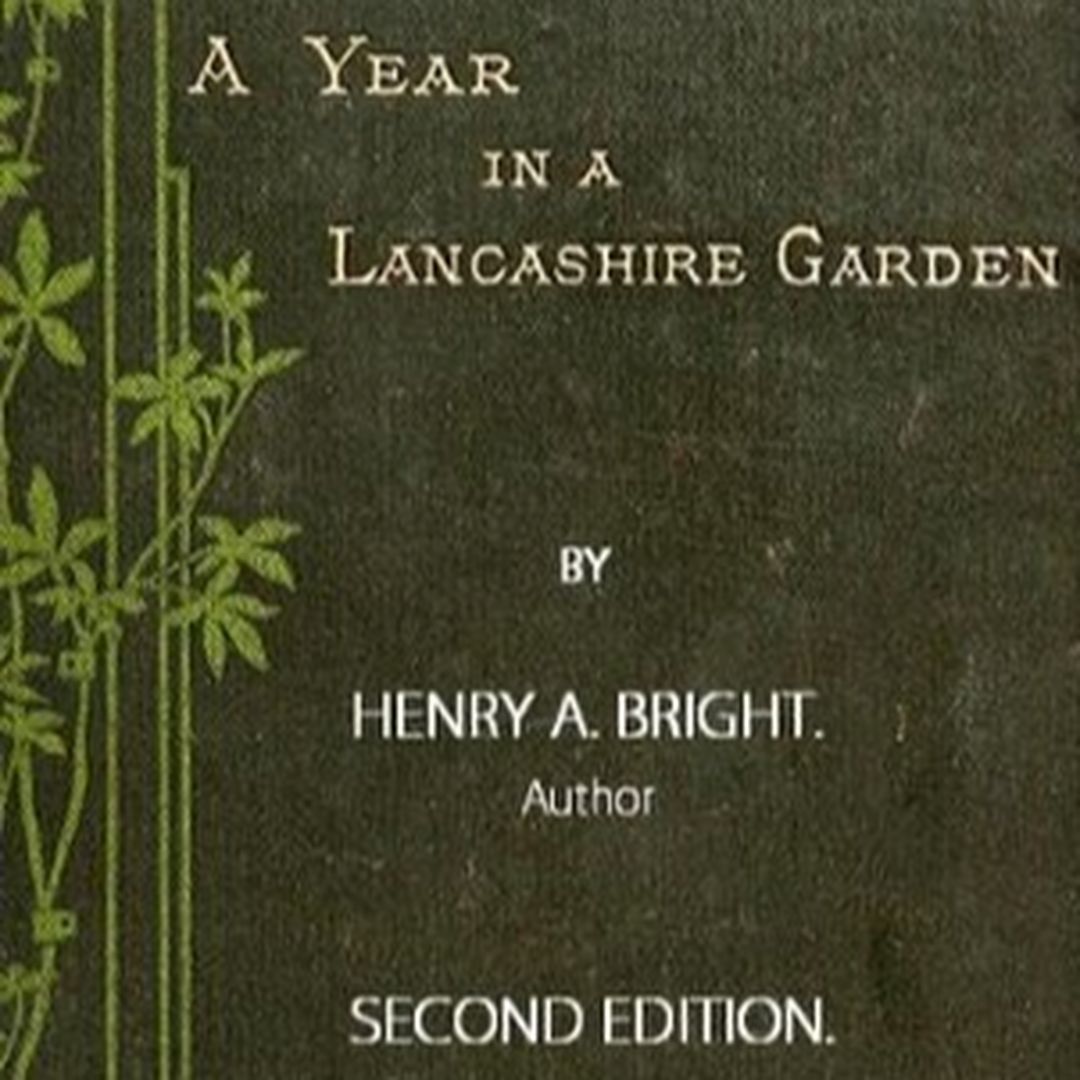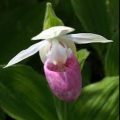Henry Arthur Bright
A Year in Lancashire Garden
February 9, 1830
Today is the birthday of the English gardener and writer Henry Arthur Bright.
As an adult, Henry began a diary, which became a book called A Year in a Lancashire Garden. Henry's book is one of the most beloved garden biographies of the nineteenth century and inspired future garden writers like Henry Nicholson Ellacombe, Theresa Earle, and Elizabeth Lawrence.
And for today, I thought I would share a February 1874 excerpt from Henry's journal.
Although this was almost 150 years ago, Henry was doing what gardeners do this time of year: worrying about how the winter would affect the garden, noticing the progress of the earliest blooming trees and shrubs, cleaning up and editing the garden for the new season, looking through his garden magazines for new and old plants, experiencing some disappointment in the spring showing off some of his flowers (in this case, his Aconites), and mulling over why some spring-flowering bulbs go unappreciated - like the humble spring Crocus.
“Since I wrote, we have had the sharpest and keenest frost — sharper than we have had all the winter...
Now spring has come again, and (as Horace says) has "shivered" through the trees. The Elders are already unfolding their leaves, and a Lonicera ("lon-ISS-er-ah”) or Honeysuckle is in the freshest bud.
I remember when, a few years ago, Mr. Longfellow, the American poet, was in England, he told me that he was often reminded by the tender foliage of an English spring of that well-known line of Watts, where the fields of Paradise,
"Stand dressed in living green;"
and I thought of this today when I looked... at the fresh verdure of this very Lonicera.
But all things are now telling of spring. We have finished our pruning of the wall-fruit; we have ...sown our earliest Peas.
We have planted our Ranunculus bed and gone through the herbaceous borders, dividing and clearing away where the growth was too thick, and sending off hamperfuls of Peony, Iris, Oenothera ("ee-no-THAIR-ah"), Snowflake, Japanese Anemone ("ah-NIM-oh-nee), Day Lily, and many others.
On the other hand, we have been looking over old volumes of Curtis's Botanical Magazine, and have been trying to get, not always successfully, a number of old forgotten plants of beauty, and now of rarity. We have found enough, however, to add a fresh charm to our borders for June, July, and August.
On the lawn, we have some Aconites in flower… This year they are doing badly. I suspect they must have been mown away last spring before their tubers were thoroughly ripe, and they are punishing us now by flowering only here and there.
Then, too, the Crocuses are bursting up from the soil... "all gleaming in purple and gold." Nothing is more stupid than the ordinary way of planting Crocuses — in a narrow line or border. Of course, you get a line of color, but that is all, and, for all the good it does, you might as well have a line of colored pottery or variegated gravel. They should be grown in thick masses, and in a place where the sun can shine upon them, and then they open out into wonderful depths of beauty.
Besides the clusters along the shrubberies and the mixed borders, I have a number [of Crocus] on the lawn beneath a large weeping Ash; the grass was bare there, and… it was well to do something to veil its desolation in the spring. Nothing can be more successful than a mass of Crocus, yellow, white, and purple.
I sometimes think that the Crocus is less cared for than it deserves. Our modern poets rarely mention it; but in Homer, when he would make a carpet for the gods, it is of Lotus, Hyacinth, and Crocus…
This post was featured onThe Daily Gardener podcast:
helping gardeners find their roots,
one story at a time





